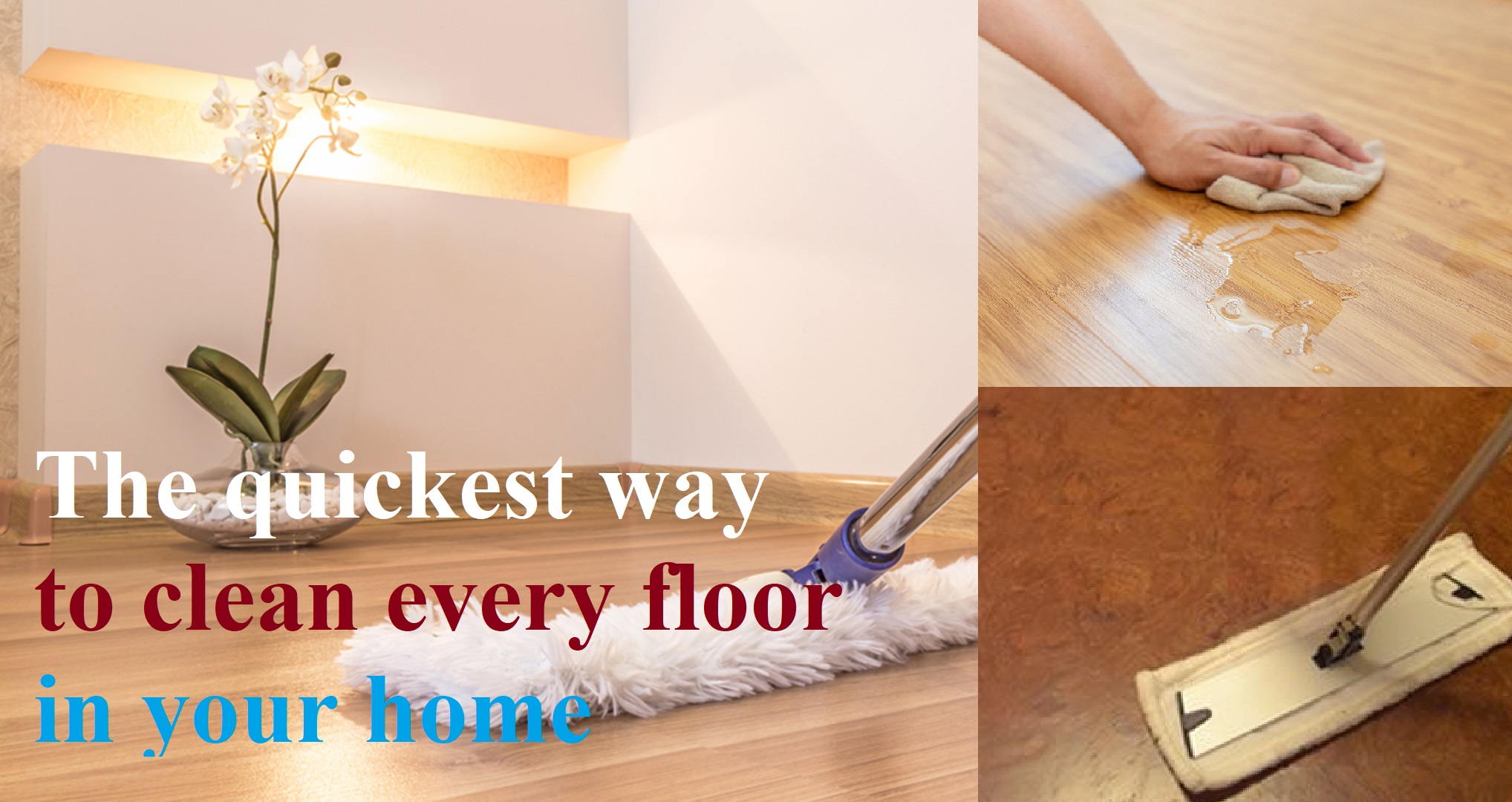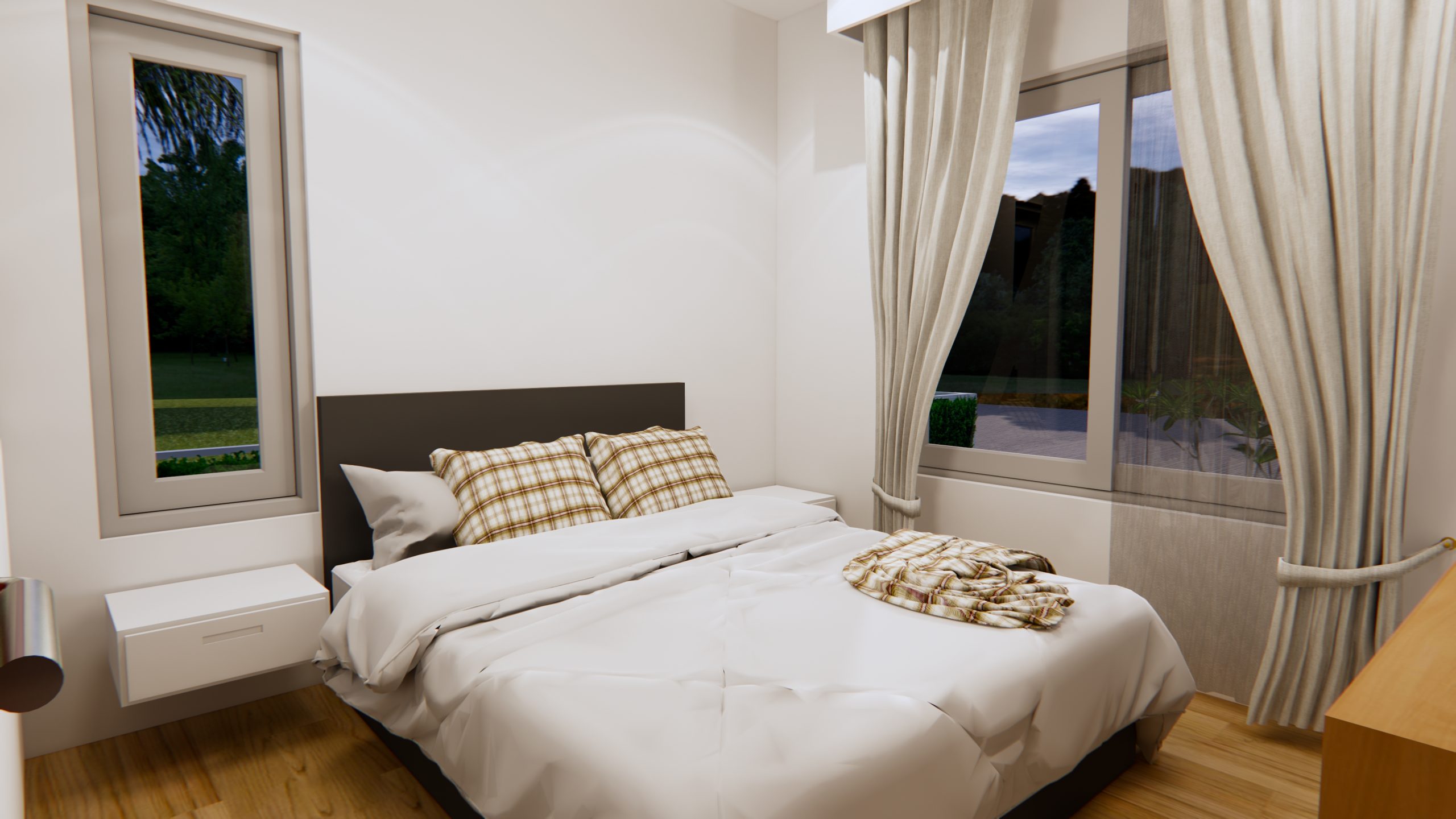
The quickest way to clean every floor in your home
Different rooms have different layouts and different types of flooring. This makes cleaning all of them at once a challenge. Luckily, this can be done easily by following this list of guidelines. This guide will give you tips and tricks along with the best tools to use and also outline why choosing the right vacuum for your floor is so important. Let’s check The quickest way to clean every floor in your home.
How to clean a hardwood floor
Hardwood floors add warmth and a unique look to all styles of home decor. They are easy to maintain if they are finished and cleaned properly. Taking care of your hardwood floor helps to maintain the shine.
When cleaning hardwood floors, it is important to know the type of wood that you have installed in your home. You could either have solid hardwood flooring or engineered hardwood flooring.
Solid hardwood floors are usually installed in planks or strips and left natural or treated with a wood stain. Engineered hardwood flooring, on the other hand, is manufactured by gluing together several thin plies of hardwood.
Also, hardwood floors usually have one of two types of finishes: wax or polyurethane. To be able to distinguish the type of finishing the hardwood floors in your home have, rub your finger across the surface. If a smudge appears, your floor is likely waxed. Sealed hardwood floors typically have a polyurethane, urethane, or poly acrylic coating. This coating protects the floors from water damage and stains.
To keep the hardwood floors clean and with a bright finish, hardwood floors should be swept, dust mopped, or vacuumed daily. In addition, spills should be cleaned as soon as they happen.
Sweeping or vacuuming daily removes crumbs and grit that can cause scratches and wear down the finish of the floor. A soft-bristled broom is the best tool for this task. It removes the grit and crumbs while preventing additional scratches. You should then go for a microfiber mop that is easy to wring out. This allows you to mop the floor with a barely damp mop.
Since hardwood floors can be damaged by even small amounts of water, avoid using damp mops on this surface. Instead, sweep, dust mop, or vacuum regularly.
How to clean laminate flooring
While laminate flooring resembles hardwood planks or natural stone tile, you still have to clean it as a laminate floor. Luckily, laminate floors are very strong. Laminate planks are covered by a thick layer of melamine resin over the fiberboard. These are sun and light-resistant layers that will look new for years. Although very few things will harm a laminate floor, it is important to prevent water from getting underneath the planks.
The best way of cleaning laminate floors is by dry mopping or vacuuming. If you are vacuuming, you should ensure that the machine is in tile mode, as opposed to carpet mode, so that the beater bar is raised. Also, you should never polish a laminate floor. If the plank looks damaged, the best option is to replace it.
How to clean a cork floor
Cork flooring is popular for its porosity. While it is porosity that makes this natural material so beautiful, it also makes it very susceptible to water damage. Cork flooring is very absorbent. As such, most cork flooring is usually sealed. However, you still need to clean with caution.
You should clean spills as soon as they happen. In addition, you should vacuum often to prevent scratching. Once a week, wash your cork floor using a mixture of a mild solution of five drops of liquid dish detergent and one gallon of warm water. You should avoid using a stronger solution since it can cause streaking. Use a soft mop and wring it such that it is slightly damp. Too much water can damage the floor.
How to clean bamboo flooring
Bamboo floors are beautiful and sustainable. However, in some cases, they are softer and are thus more prone to nicks and scratches compared to hardwood floors. Strand bamboo flooring is the hardest and most durable type of bamboo flooring available.
Unless you have it, you should be extra vigilant when sweeping up dirt and debris. You should therefore clean your floor regularly to prevent the build-up of particles.
Bamboo flooring can also be corroded by harsh detergents and cleaning agents. As such, you should always use pH-balanced cleaners.
In addition, you should avoid cleaning using ammonia-based cleaners, oil soaps, bleaches, wax-based products, and acidic materials such as vinegar since they can damage bamboo flooring as well. Instead, you should use a mix of pH-neutral soap and a bucket of water. Use a soft, barely damp mop to clean the floor. Wipe up the excess moisture using a dry microfiber cloth.
How to clean a linoleum floor
Linoleum floors are popular since they are durable and environmentally friendly. With proper care, linoleum floors can withstand decades of use. First things first, linoleum floors should not be confused with vinyl flooring. Linoleum is made from linseed oil, and once it is allowed to oxidize, other materials such as resin, limestone, wood fiber, and cork dust are added to make the finished product.
Linoleum is a resilient natural flooring and you should treat it as you would cork flooring. The best way to clean linoleum floors is by removing dust and debris and mopping with a water-vinegar-dish soap solution. Linoleum floors should be dusted at least once per day. Mopping should be done once per week and deep cleaning once or twice per year. Use a damp microfiber mop. The floor should air-dry almost immediately.
How to clean a vinyl floor
Vinyl flooring is waterproof, making it a low-cost option for bathrooms, kitchens, and basements. Vacuum floors should be swept or vacuumed daily to remove grit that can cause scratches. Spills should be wiped immediately to avoid staining.
To clean vinyl flooring, gently mix a few drops of dish washing liquid and warm water. Spray the floor one section at a time and wipe with a damp microfiber mop as you go.
How to clean natural stone flooring
When it comes to cleaning natural stone flooring, you should avoid using vinegar at all costs. Cleaning using even a small amount of acidic liquid could damage stone floors. This includes bleach and ammonia. Instead, clean sealed stone floors with a pH-neutral cleaner that won’t react adversely to the minerals in natural surfaces. Use a microfiber mop and hot water to allow the chemicals to penetrate the stone. For stubborn dirt, use a steam cleaner.
How to clean porcelain tile flooring
Porcelain flooring is extremely durable and it doesn’t require much care or maintenance to keep it looking new and sleek through decades of use. That said, sweep, vacuum, or mop your porcelain tile flooring regularly, preferably daily. Do not forget to clean the grout between the tiles too. Use a mixture of a few drops of dish soap and water to damp mop. Dry the tiles with a clean tile after mopping.
Final Thoughts of The quickest way to clean every floor in your home
No matter what type of flooring you have, the tips and tricks outlined here should make cleaning them a breeze. Good luck!


